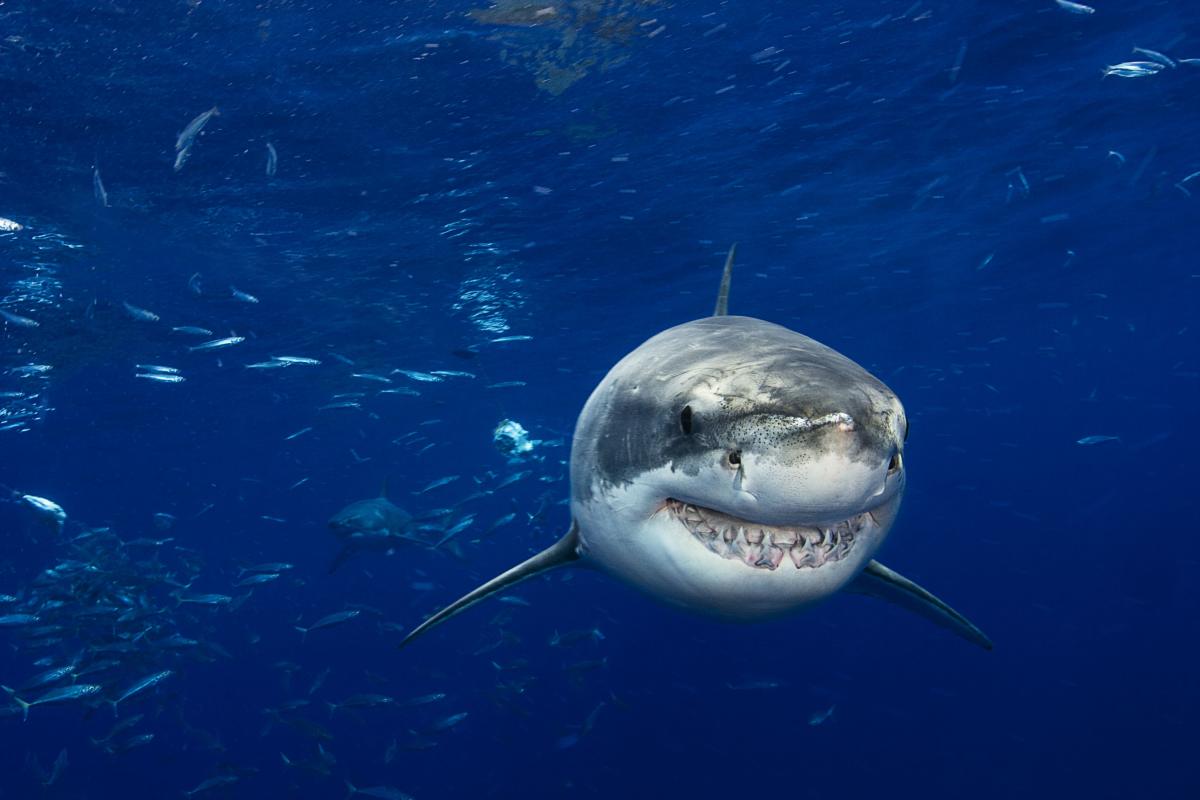60 Ocean Facts That Will Shock or Amaze You

The Ocean: A Vast and Mysterious World
The ocean covers the majority of Earth's surface, making it one of the most significant and least understood parts of our planet. In fact, 95% of our seas remain unexplored, with only a fraction of the seafloor having been mapped. Scientific reports suggest that we've only seen 0.001% of the ocean floor, leaving an immense amount of mystery beneath the waves.
While the deep sea can seem intimidating, with strange creatures and unknown dangers, there is also a wealth of fascinating information to uncover. From the oxygen-producing plankton in the water to the bizarre life forms that thrive in complete darkness, the ocean holds countless secrets. These 60 intriguing facts about the ocean offer a glimpse into this vast and mysterious world.
Oxygen and Life in the Ocean
One of the most vital contributions of the ocean is its role in producing oxygen. Half of the oxygen on Earth comes from marine life such as plankton and algae. This makes the ocean not just a body of water, but a critical component of our planet’s survival.
Another surprising fact is that around 3 million boats have sunk in the ocean and have never been found. Despite modern technology, many vessels remain lost to the depths, adding to the ocean’s enigmatic nature.
Shark Facts and Myths
Sharks are often seen as dangerous predators, but the reality is quite different. While they do share space with humans in the ocean, they are rarely encountered. In fact, your chances of being attacked by a shark are extremely low—only 1 in 11.5 million. Additionally, some shark species can lose and regrow up to 30,000 teeth in their lifetime, showcasing their incredible adaptability.
Greenland sharks can live for over 500 years, while blue whales can reach nearly 100 years old. These creatures highlight the longevity and resilience of ocean life.
Unusual Creatures and Behaviors
Some of the ocean’s inhabitants defy imagination. For example, parrotfish excrete sand that makes up to 70% of the sand on Hawaiian and Caribbean beaches. Meanwhile, the midnight zone, a part of the ocean where light cannot penetrate, remains dark and cold. Marine snow, made of decaying matter and waste, drifts through the depths, providing nourishment for deep-sea organisms.
Deep-sea creatures like the bigfin squid and barreleye fish look almost alien, with tentacles stretching up to 20 feet and see-through heads. These adaptations help them survive in extreme conditions.
Pollution and Environmental Impact
Despite its beauty, the ocean faces serious challenges. Cigarette butts are the most common type of trash found in the ocean, and it's estimated that 33 billion pounds of plastic enter the ocean each year. Even the deepest parts of the ocean contain trash, including a massive floating patch of waste twice the size of Texas.
This pollution affects marine life, with some animals eating garbage, including tires and even unexploded bombs. Deep-sea fishing nets can cause devastation to the ocean floor, visible from space.
Oceanic Features and History
The Pacific Ocean, named after the Portuguese word for “peaceful,” is home to the Mariana Trench, the deepest point on Earth at 6.8 miles. It also contains the Ring of Fire, which houses 75% of Earth’s active volcanoes. Amelia Earhart disappeared over the Pacific while attempting to fly around the globe, adding to the ocean’s history of mystery.
The Atlantic Ocean, named after the Greek god Atlas, continues to grow as tectonic plates shift. Its lowest point reaches 5.2 miles deep, and it is home to the Titanic wreck site, located 2.4 miles below the surface.
Scary and Fascinating Facts
Some ocean facts are both terrifying and fascinating. Cookiecutter sharks feed by taking circular bites out of larger animals, while deep-sea pressure can be deadly to humans. Hundreds of people are buried at sea each year, and the Bermuda Triangle has long been associated with mysterious disappearances.
Scientists have discovered around 200,000 types of viruses in the ocean, 90% of which were previously unknown. The Australian box jellyfish is the most dangerous ocean animal, capable of causing death within minutes.
Unique Phenomena and Discoveries
Deep-sea gigantism causes some marine species to grow much larger in the dark, deep waters. Killer whales are known to play with their prey, and some will attack sharks to eat their livers. Sea spiders the size of dinner plates can be found on the ocean floor, while bull sharks can survive in both saltwater and freshwater.
Hydrothermal vents heat the surrounding water to over 700 degrees Fahrenheit, creating unique ecosystems. Scientists still struggle to explain many of the mysterious sounds coming from the deep, including strange bloops and scratching noises.
The ocean is a world full of wonders, dangers, and mysteries. As we continue to explore its depths, we uncover more about the planet we call home.
Post a Comment for "60 Ocean Facts That Will Shock or Amaze You"
Post a Comment